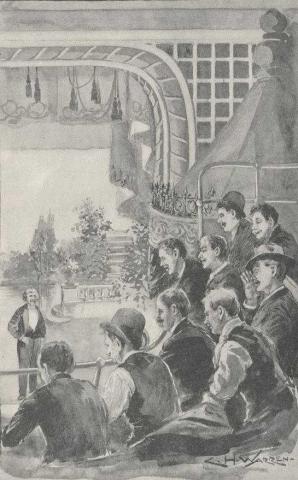Mark Twain was in Australia from September of 1895 to January of 1896. Part of that time, some of November and December, was spent in New Zealand. Australia was not a unified country at this time but consisted of seven separate British territories. Twain visited the four southeastern territories: New South Wales, Victoria, South Australia and Tasmania. He saw the shoreline of Western Australia from his ship, the Oceana, en route to Ceylon. It anchored off-shore from Albany January 4th, 1896. He remarked at length on the Queensland labour trade but did not visit the territory due to its extreme tropical climate. "The book's main Australian chapters (9-11, 12-25, 27-29) reflect Mark Twain's interest in the continent's economic history as a convict settlement; its subjugation of native peoples; and its unusual wildlife. His admiration of the amazing tracking abilities of native Australians probably helped inspire "A DOUBLE-BARRELLED DETECTIVE STORY."" (MTATZ)
Australia
Sep-15-1895
Jan-01-1896
scott
15 October 2021
© 2025 Twain's Geography, All rights reserved.
